KAGUL
KAGUL is a platform that aims to rejuvenate a dying traditional textile practice, bringing its talismanic form and its historical and cultural representations to contemporary times.
Queens : Body as a vessel ( 2015-2017)
Searching for my mother: House with no doors or windows but curtains...
Nonchi and Baaldiya(tumbler)
Nachchi Samayama
KAGUL (RESEARCH AND PREMISE)
Continuous changes with the fading body has always been part of my early encounters. One searching this reality within anatomical ,scientifically structures creates the encounter of “ideal body image”.
Searching for my Mother 1983-1989 is an ongoing series of performances that started in 2018. The years from 1983 to 1989 were of great turmoil for Sri Lanka: war, mass genocide, the rise of open market industries (industrial areas owned by foreign companies), exploitative migrant worker policies, and many other issues that haunted the country.
Instructions : Nonchi carrying a tumbler referred as “Baaldiya”in Sinahala . Carrying Soil of the Ground (symbolize Motherland) and requesting people to repeat saying the word exactly. This performance re-enacts the 1983 mobs attack on the Tamil civilians.
Nachchi – A regional term that recognizes the umbrella notion of the term “queer”, originating from Sri Lanka‘s Southern region, commonly used by the Sinhala-speaking folk and traces back to the early traditions and rituals in which these Queer individuals participated. Some say the origin of the term derived from the performers or enactors who were part of the traditional curative ritualistic dance practices of the Kolama…
Southern Sri Lankan traditional artistic curative practice contains an amalgamation of numerous artistic practices. A branch of the performing tradition includes textile and costume making diversified regionally in the form of ritualistic “Thovil” or exorcist practices to other forms of “Shanthikarma” or curative variants containing diverse attire aesthetics…
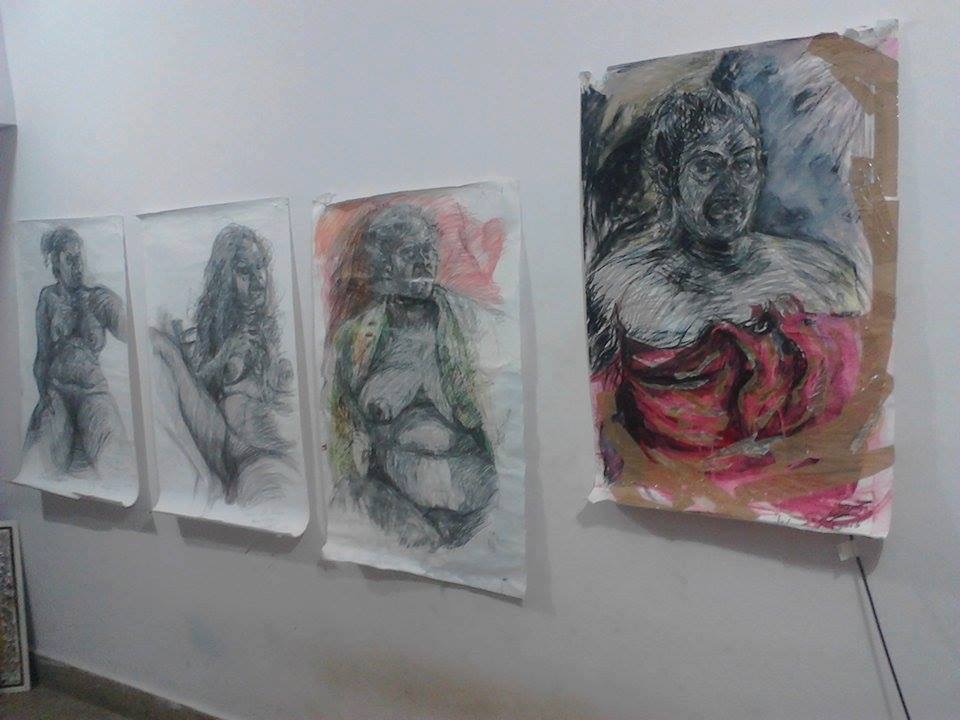
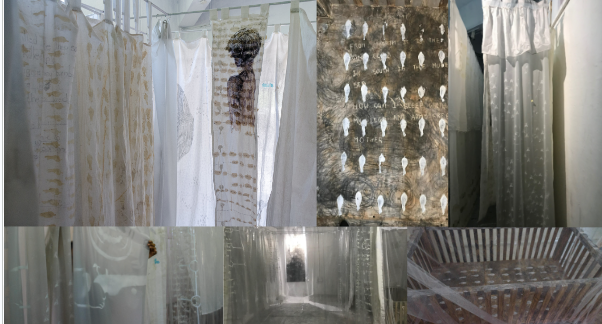
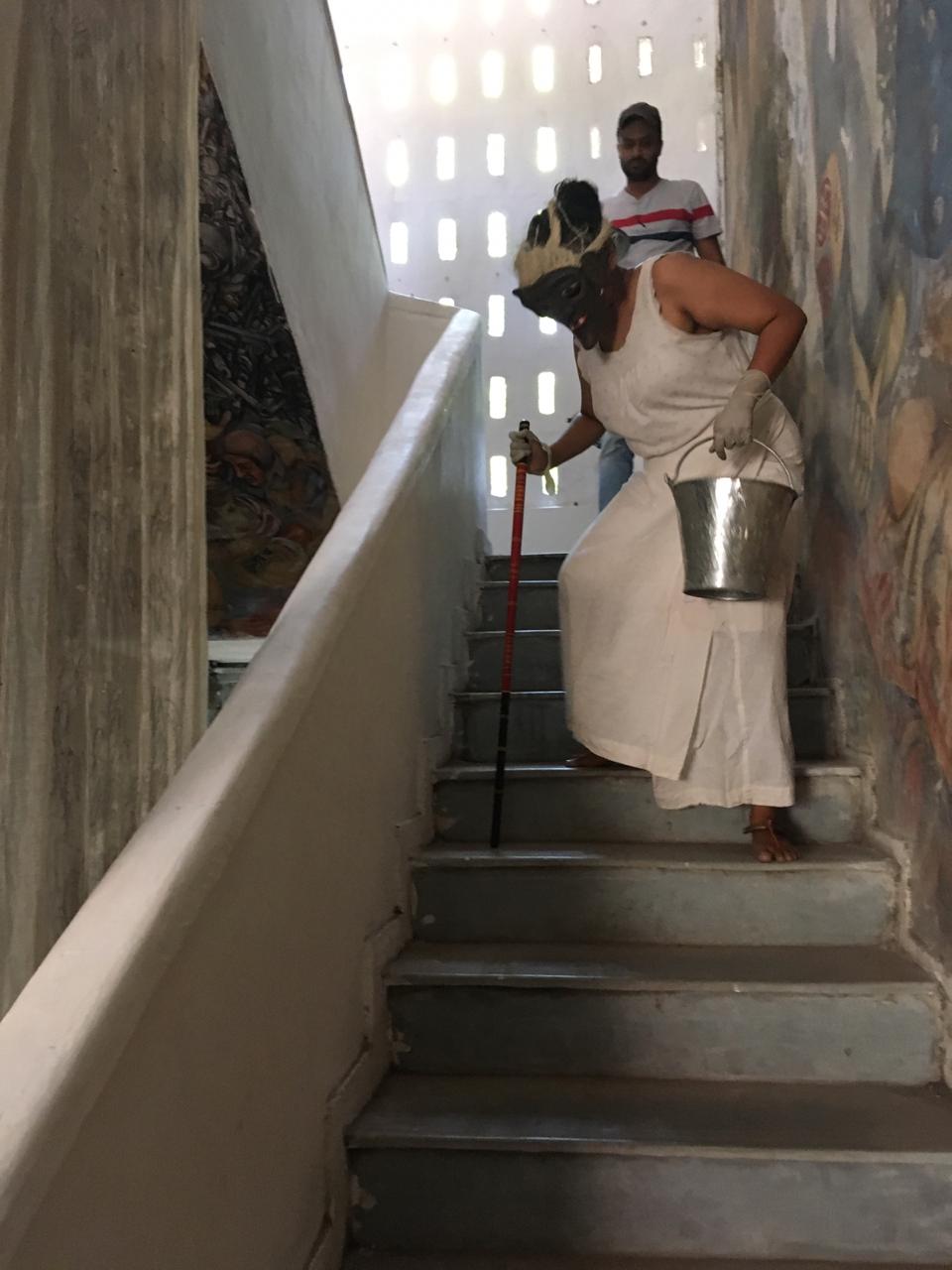
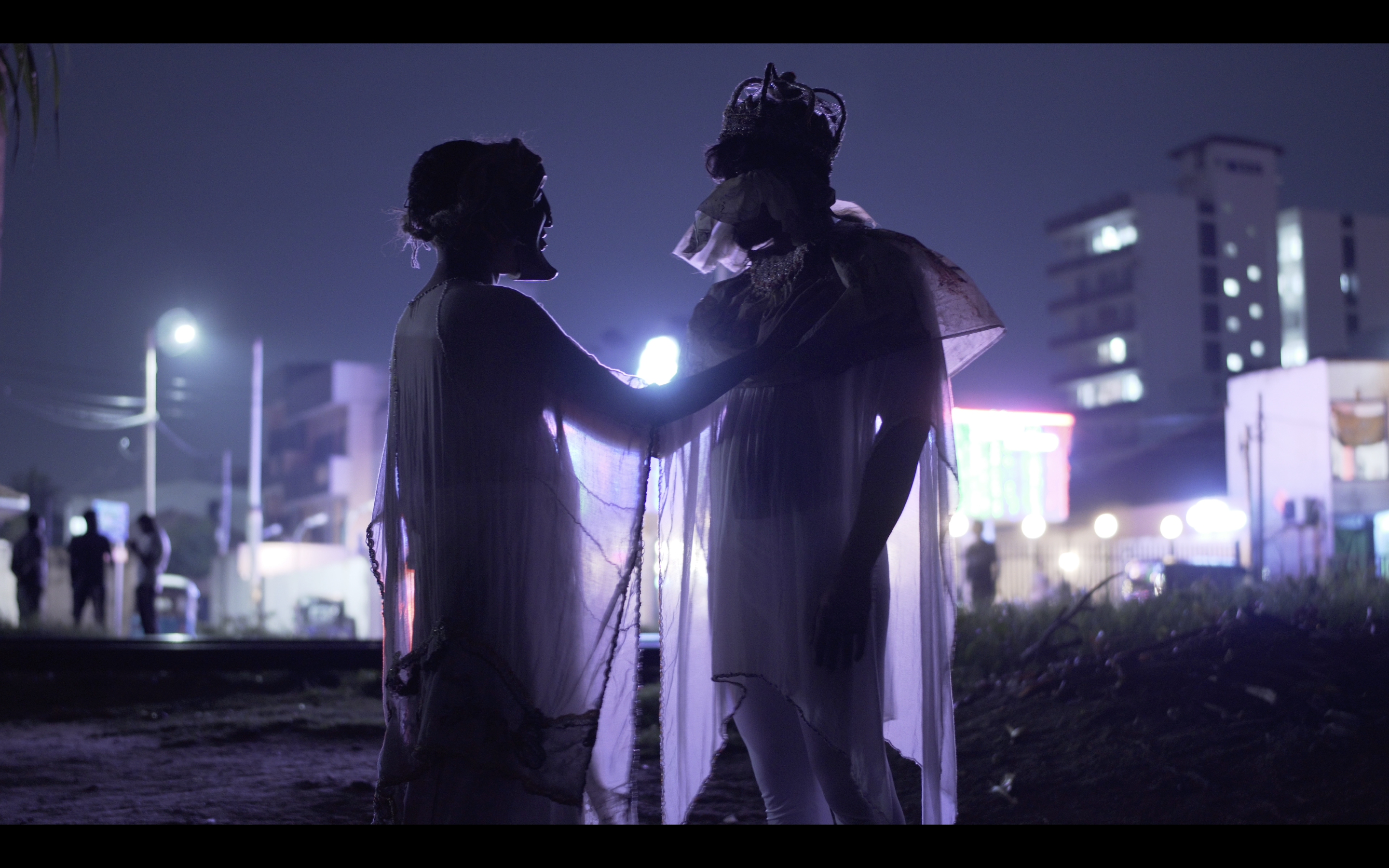
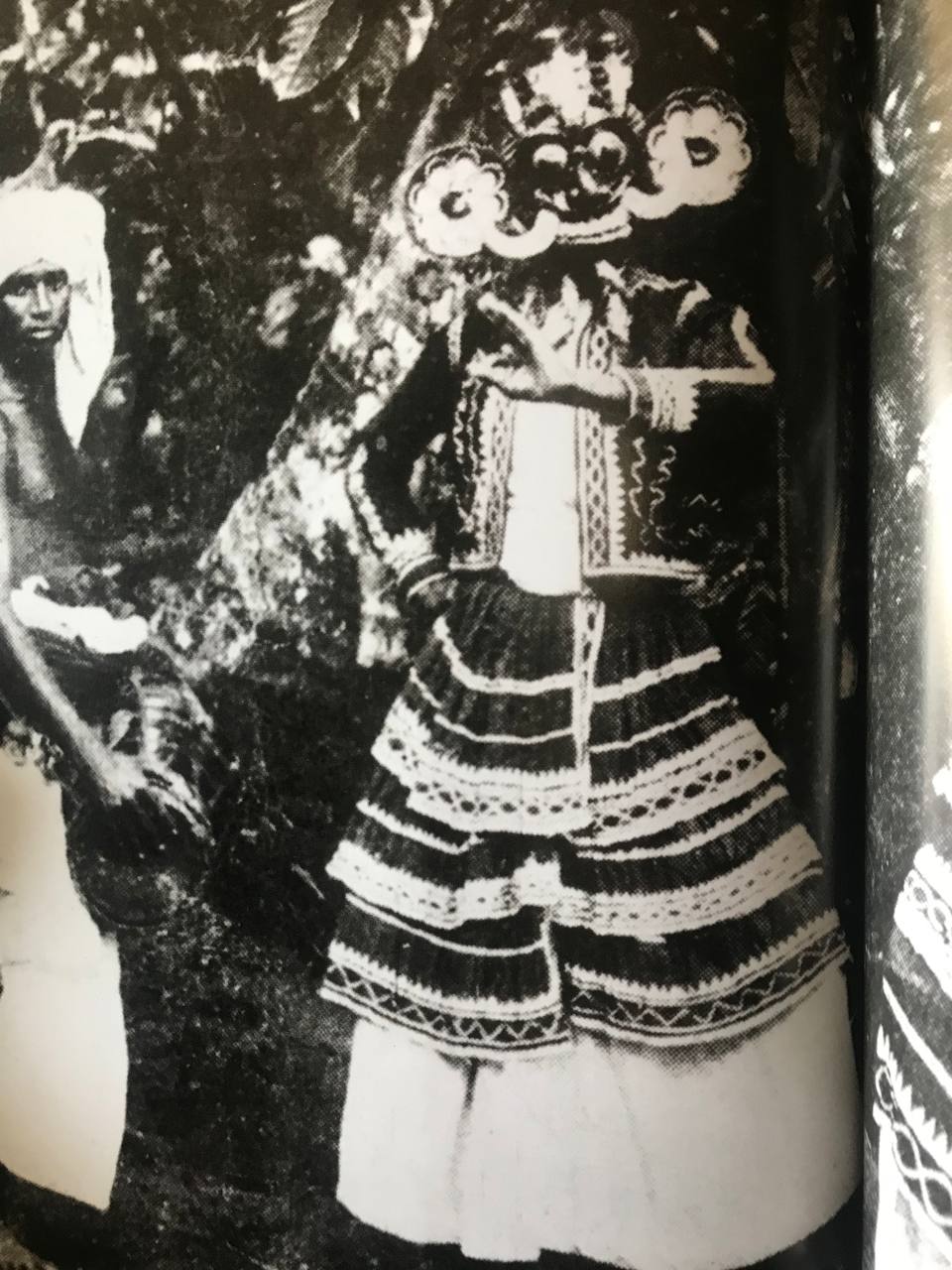
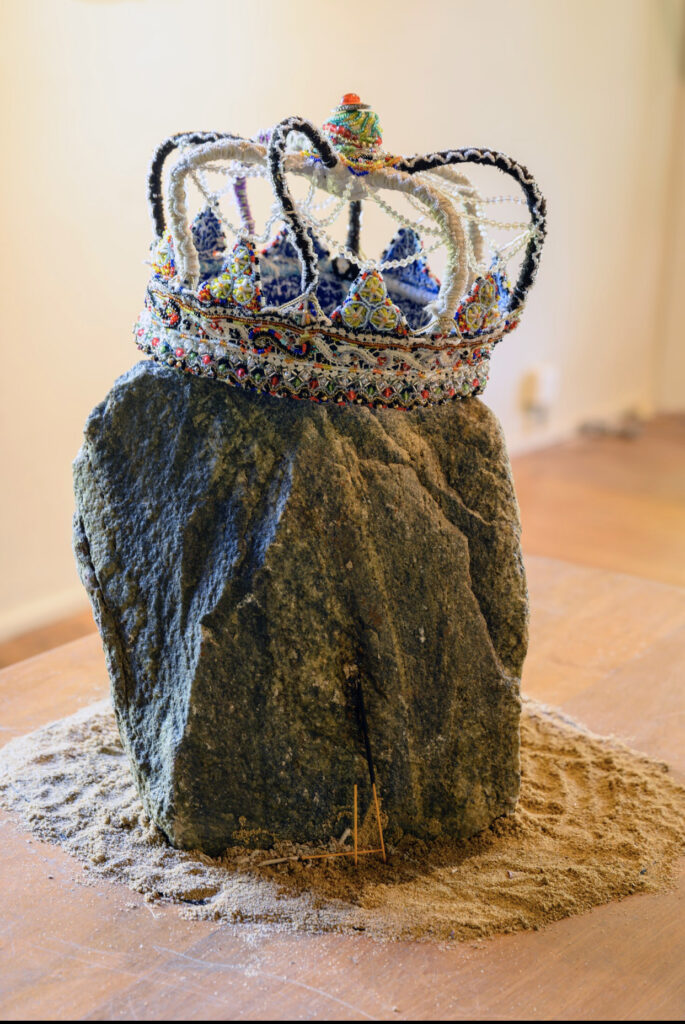
Who we are?
Southern Sri Lankan traditional artistic curative practice contains an amalgamation of numerous artistic practices. A branch of the performing tradition includes textile and costume making diversified regionally in the form of ritualistic “thovil” or exorcist practices to other forms of “shanthikarma” or curative variants containing diverse attire aesthetics ( distinctive regional branches of the performing arts prevailed in the southern parts of Sri Lanka, which are Bentara, Matara, raigama )
The name “ KAGUL” is the ornate headgear worn by the head healer or the “ Adura”(Sinhala term for the healer). The performers wear this symbolic headdress as a crown that provides a form of elevation from their social upbringing as a marginalized lower caste body.
KAGUL is a platform that aims to rejuvenate a dying traditional textile practice, bringing its talismanic form and its historical and cultural representations to contemporary times. Aspects of its timeless approaches are to be redesigned, revoke new nuances in approaching the tradition, and find deeper roots of its existence. To create a discourse by analyzing and decoding the existence of its gendered cultural identity, representation, and historiography through the textile tradition.